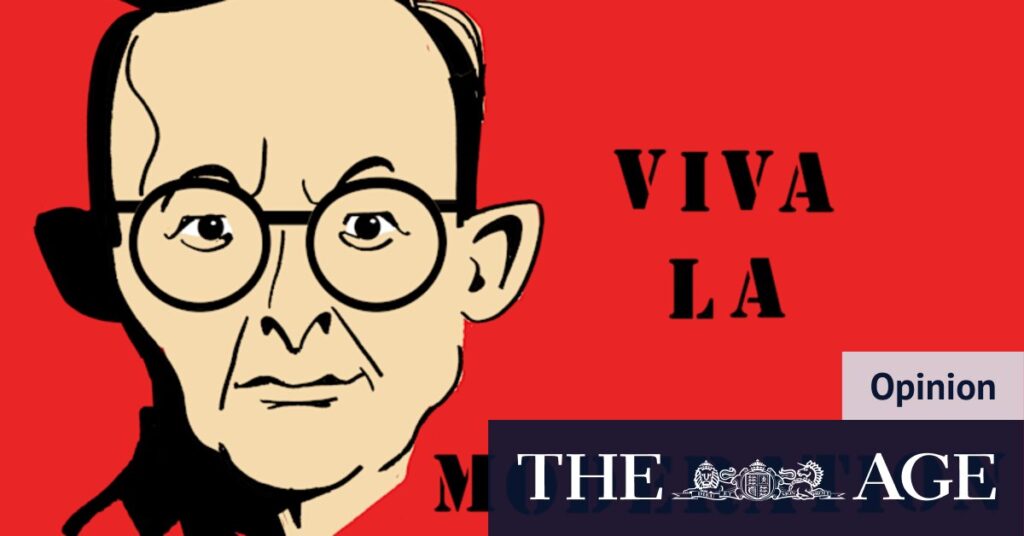
In recent months, Australia has witnessed a series of events that mirror the rise of far-right populism seen in the United States and Europe. From the “March for Australia” rallies, where neo-Nazis have made their presence felt, to the growing influence of the sovereign citizen movement, the signs of a populist surge are evident. Yet, despite these developments, there is a prevailing belief that Australia will not be swept up in this rising tide.
The heightened visibility of populist figures like Jacinta Nampijinpa Price and Barnaby Joyce, who bring a certain journalistic entertainment value, has added to the intrigue. However, the Australian political landscape remains distinct from its Western counterparts. The electorate’s preference during the 2025 federal election for an emphatically Australian prime minister over a hard-right opposition leader, often mocked as “Temu Trump,” underscores this difference.
Australia’s Electoral System: A Buffer Against Extremism
One of the key factors that insulate Australia from a populist takeover is its electoral system. Compulsory and preferential voting tend to push politics towards the center, acting as safety valves against fringe movements. This sentiment was echoed in the first ABC Boyer lecture of the year, delivered by US-based Australian academic Justin Wolfers, who praised Australia’s democratic institutions as “freaking amazing.”
Annabel Crabb’s upcoming series on the ABC, which explores the historical roots of Australia’s democratic robustness, further highlights the nation’s commitment to maintaining a balanced political environment. Her children’s book, “There’s a Prawn in Parliament House: The Kids’ Guide to Australia’s Amazing Democracy,” aims to educate the younger generation on the value of civics.
National Character and Historical Context
Australia’s national character also plays a crucial role in mitigating the rise of populism. The country’s penchant for “piss-taking” and its finely tuned “bullshit detectors” help puncture the egos of political posers. Voters often prefer leaders who lack charisma, as evidenced by the enduring popularity of figures like John Howard, who was humorously described by Clive James as having undergone cosmetic changes to become more electable.
Historically, Australia experienced a populist wave in the 1990s with Pauline Hanson’s rise. Her incendiary rhetoric foreshadowed the anti-establishment politics that later fueled movements like Brexit and Trumpism. However, the bipartisan response to Hansonism, particularly regarding immigration policies, helped neutralize the threat of xenophobic politics.
Urbanization and Political Geography
Australia’s urbanized population further complicates the rise of populism. With 85% of Australians living in cities, the country lacks the rural strongholds where movements like MAGA have thrived in the US. The political geography of Sydney Harbour illustrates this point, as right-wing politicians struggle to gain traction in areas that favor moderation.
The success of “teal independents” like Allegra Spender and Zali Steggall demonstrates that the most effective political disruptors in Australia are communitarian centrists rather than nationalistic populists. This trend is supported by the country’s prosperity and the general satisfaction with state governance, which fosters a sense of national well-being.
The Economic Landscape and Future Challenges
Despite the robust democratic model, Australia’s economic landscape presents potential challenges. Economic inequality is at a 20-year high, according to the latest Household, Income and Labour Dynamics in Australia survey. This inequality could lead to political polarization, as seen in other nations.
The housing crisis is another area ripe for populist exploitation. A 2024 survey by Monash University found that 62% of young Australians believe they will be worse off than their parents, echoing sentiments that fueled Trump’s rise in the US. However, younger Australian voters have become more progressive, complicating the politics of generational inequity.
Reflecting on these dynamics, former BBC correspondent Nick Bryant remains optimistic. He cites a 2016 article by Roger Cohen in The New York Times that questioned whether Australia’s luck had run out and if it was ripe for the politics of anger. Bryant’s optimism stems from the fact that, despite these concerns, Australia has continued to resist the populist wave.







